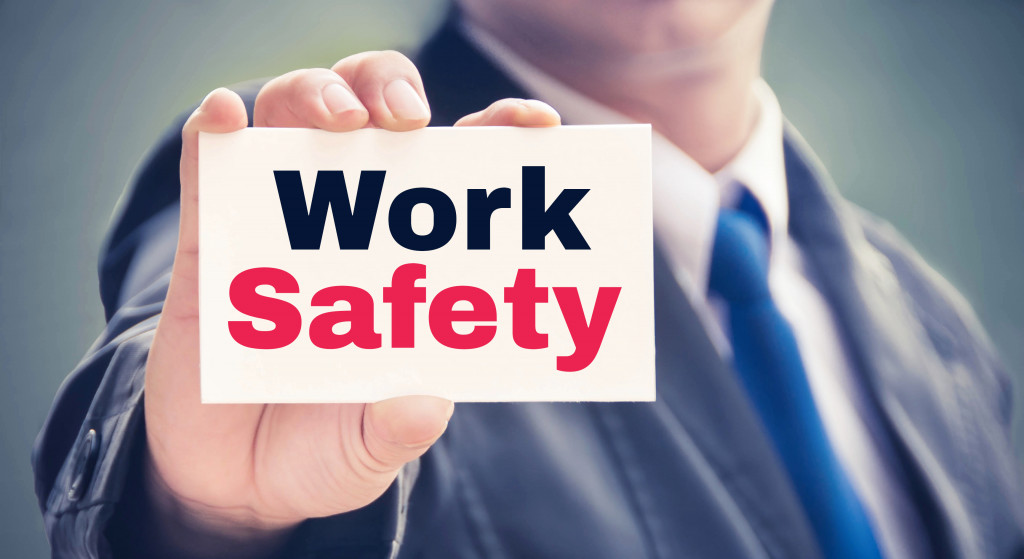Now more than ever, workplace safety is essential for maintaining a safe and productive work environment. Whether you are an individual organization or part of a larger group or community, promoting workplace safety can help to increase employee engagement and morale, reduce the risk of accidents and injuries, and attract new talent.
However, communicating the importance of workplace safety effectively can be challenging. It’s even more so when you’re promoting it outside your organization. But that shouldn’t discourage you from trying! Many strategies can help you to effectively communicate the importance of workplace safety to others, such as:
Strategy #1: Keep your message clear and concise
When communicating about workplace safety, it is vital to be clear and concise in your messaging. Doing so will help ensure that you are delivering your message in the most effective way possible and that your audience can understand and remember what you have said.
Some tips for keeping your messages clear and concise include:
- Avoid jargon or technical language unless necessary.
- Break up long communications into shorter sections with headings or bullet points to make them easier to digest.
- Use visuals (such as charts or graphs) to supplement your text.
After communicating better safety practices to your organization, you could encourage other groups to follow suit. You can even treat it as a way of giving back to your community because you’ll be helping other organizations improve their workplace safety!
Strategy #2: Use relatable examples
When communicating about workplace safety, try to use relatable examples that your audience can easily understand and relate to. This will help make your message more relatable and, therefore, more effective to your target audience.
Suppose you’re a construction equipment supplier that’s been asked to speak at a local school. You might consider telling the students about how you use safety equipment and best practices when operating your equipment, or even share a personal story about an accident that could have been prevented with better safety practices.
Strategy #3: Use a variety of communication channels
To reach the broadest possible audience, it is essential to use a variety of communication channels when promoting workplace safety. Some channels you may consider using include face-to-face meetings, email newsletters, social media platforms such as Facebook and Twitter, or even promotional events.
Of course, not every communication channel will be appropriate for every message or audience. It’s essential to carefully consider which channels will be the most effective for delivering your message before moving forward.
Strategy #4: Be persistent but not pushy
While it is crucial to communicate the importance of workplace safety consistently to make an impact, you should also be careful not to come across as being too pushy. Avoid bombarding your audience with constant messages on the topic, as this will likely have a counterproductive effect and may even cause them to tune out altogether.
Instead, try to find a balance between being persistent and taking a more subtle approach. You can do this by sending occasional reminders or updates on workplace safety rather than bombarding your audience with constant messages.
Strategy #5: Encourage two-way communication
Encouraging two-way communication is an integral part of any effective workplace safety campaign. Doing so will help to ensure that you are not only getting your message across but also listening to and incorporating the feedback of others.
Some strategies you might consider encouraging two-way communication include hosting regular meetings with your team or employees or implementing an anonymous feedback form that allows your audience to ask questions and share their thoughts on workplace safety.
Strategy #6: Use positive messaging whenever possible
Another important consideration when communicating about workplace safety is the tone you use. Try to use positive messaging that highlights the benefits of following safety procedures rather than using scare tactics or negative language.
For example, rather than saying, “you could get seriously hurt if you don’t wear a helmet,” try something like “wearing a helmet can help protect you from serious injury if you fall off your bike.” This can help make your message more appealing and convincing while still effectively getting the message across.
The Bottom Line

Workplace accidents are a serious concern, and everyone must take action to prevent them. But the most important thing to remember is that there is no such thing as a one-size-fits-all approach to workplace safety. What works for one organization or audience may not work for another.
However, with a bit of research and experimentation, you can find the right strategies that will be effective for your specific situation. So put on your thinking cap, get creative, and promote workplace safety today!

